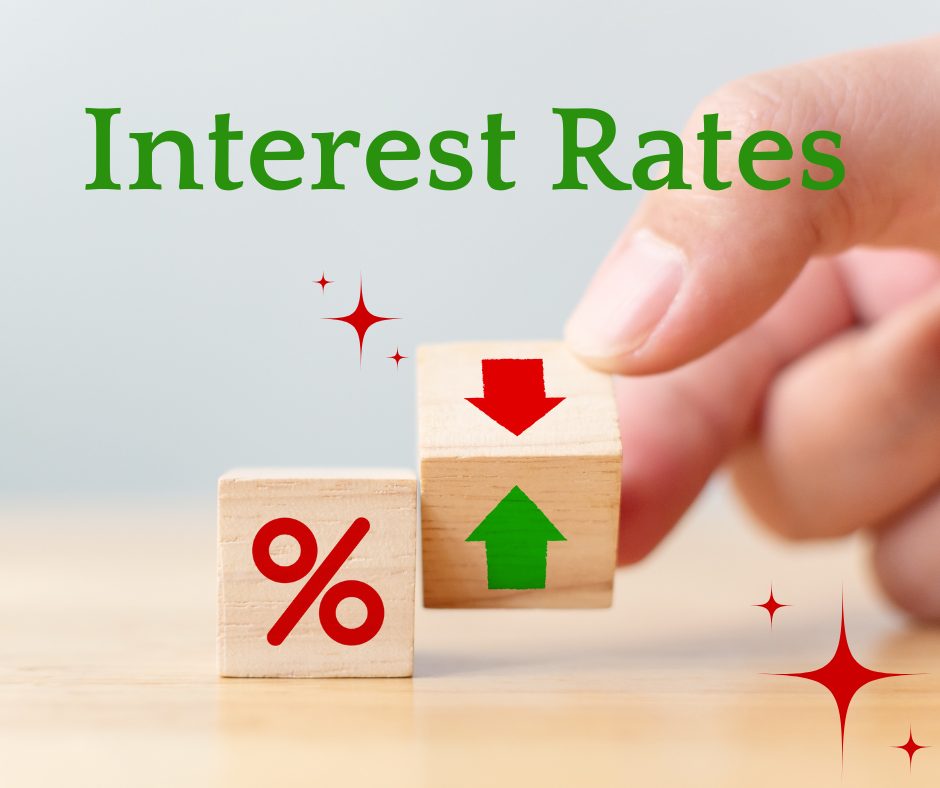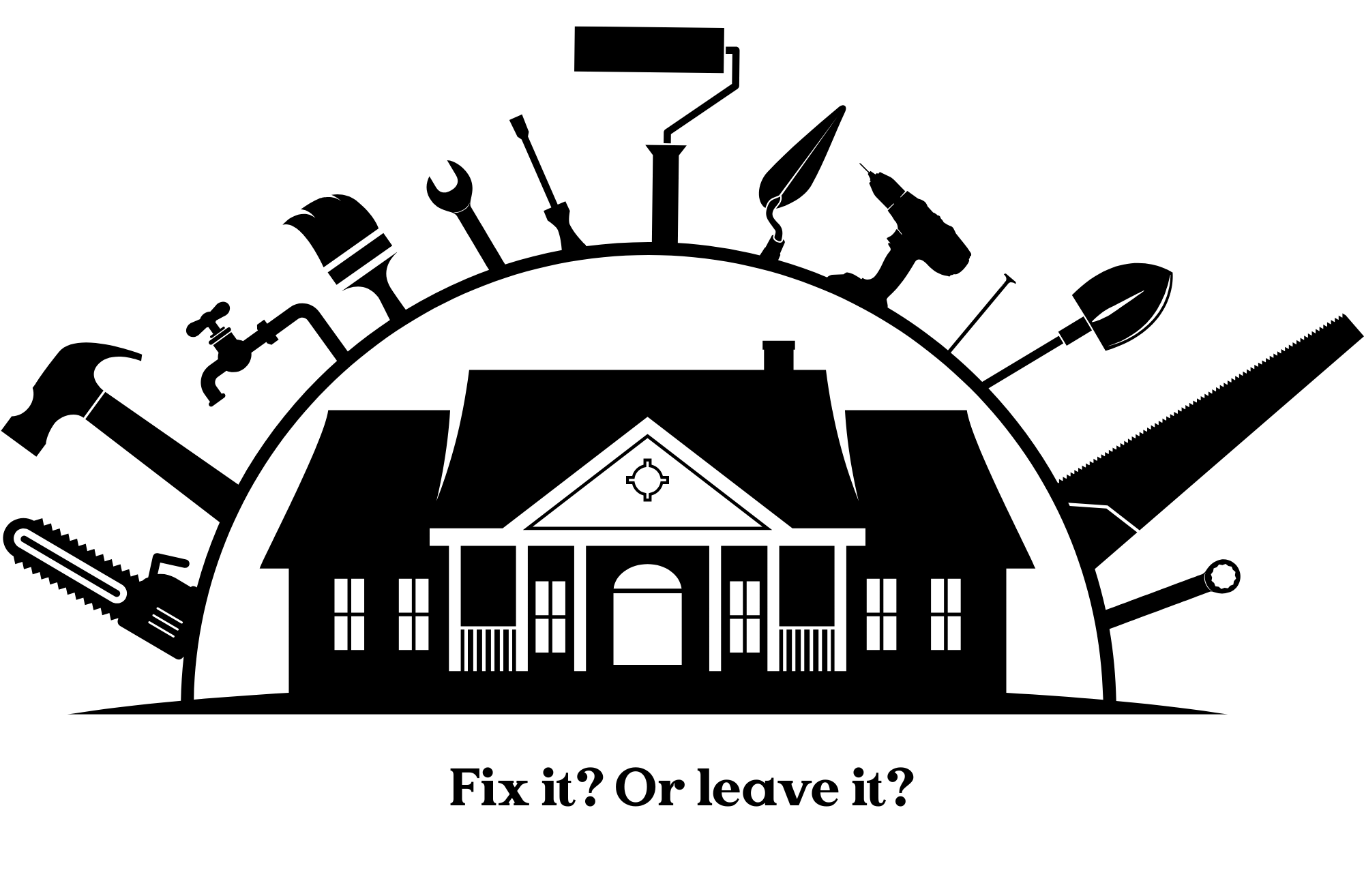The average interest rate on a 30-year mortgage has ticked down slightly, offering small relief for those looking to buy a home. Rates fell to 6.72% this week, a small drop from last week’s 6.74%, bringing them back to levels seen earlier this month. One year ago, rates were almost exactly the same.
Homeowners looking to refinance also saw a small improvement. The average rate for a 15-year mortgage dipped to 5.85% from 5.87% last week. This time last year, it was 5.99%.
While these small drops are welcome, mortgage rates are still high compared to the lows seen during the pandemic. Elevated borrowing costs have continued to slow home sales, a trend that began back in 2022 when rates started rising.
Mortgage rates are influenced by several factors, including the Federal Reserve’s interest rate decisions and how investors in the bond market view the economy. One of the key indicators lenders use is the yield on the 10-year Treasury note, which recently slipped to 4.34%.
Although the Federal Reserve left its main interest rate unchanged this week, there’s still uncertainty about what will happen in the coming months. Inflation remains above target, and the job market continues to show strength, which could delay any rate cuts.
So far this year, the average 30-year mortgage rate has hovered near its peak of just over 7%, reached in January. The lowest point came in April when it briefly dropped to 6.62%. Forecasts from housing experts suggest that rates may gradually fall to around 6.4% by the end of the year, but not enough to significantly boost home sales.
Recent data points to a continued slowdown. Pending home sales—contracts signed but not yet finalized—fell 0.8% in June and are down 2.8% compared to the same month last year. Since final sales often occur a month or two after a contract is signed, this may indicate a further drop in upcoming closings.
The sluggish housing market is reflected in the national homeownership rate, which has stalled at around 65%. This is the lowest level since 2019 and below the long-term average of about 66%.
Even with slightly lower rates, mortgage applications dropped 3.8% last week, reaching their lowest point since May. Despite this decline, applications were still higher than they were a year ago.
Uncertainty around interest rates, inflation, and the job market continues to weigh on homebuyers, leaving many hesitant to make a move.
I work with mortgage brokers that offer rate discounts for my clients (whether on the buy side or the selling side). This can reduce your mortgage to the rates you have been waiting for. Once again, the Portland market continues to be hyper-localized, so feel free to reach out if you have any questions about your neighborhood.
 Facebook
Facebook
 X
X
 Pinterest
Pinterest
 Copy Link
Copy Link









